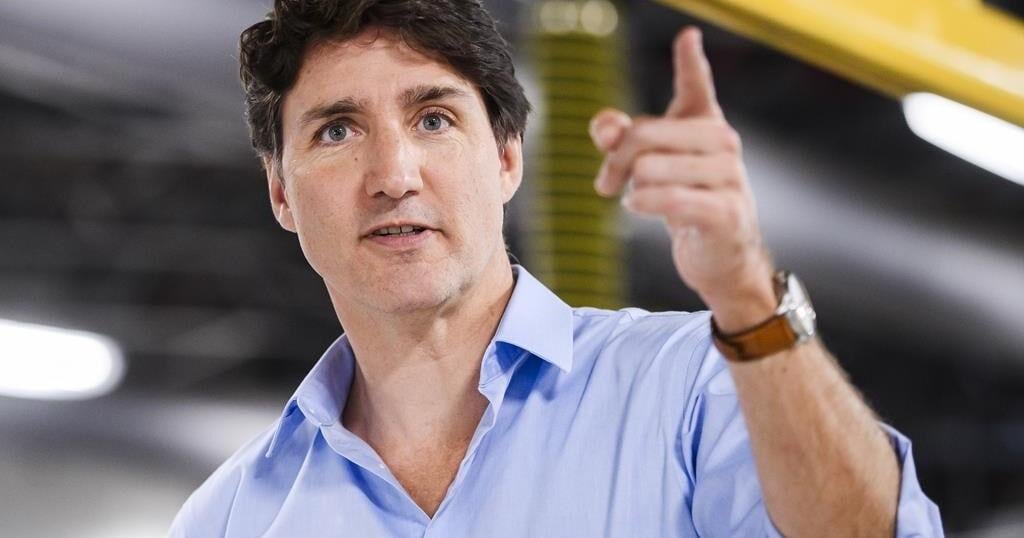OTTAWA – Applications opened Wednesday for two streams in the federal government’s new $30-billion public transit fund even though the money won’t start flowing for another two years, Prime Minister Justin Trudeau said.
The 10-year Canada Public Transit Fund has been in the works for months and was in the recent federal budget but more details were provided as Trudeau made a visit to a subway yard in Toronto.
“We’re stepping up with the kind of predictable, long-term transit funding that means our partners, like the City of Toronto and (mayor) Olivia Chow, can plan for not just the next couple of years, but for the next decade and beyond,” Trudeau said.
That money will be divided into three categories: baseline funding for existing systems, metro-region agreements for Canada’s biggest cities, and funding for specific things like rural communities, Indigenous communities and active transportation.
The Liberals say this will complement the Housing Accelerator Fund by tying housing money to projects that are near public transit.
That plan includes eliminating mandatory minimum parking requirements for new construction and allowing high-density housing projects near transit.
The money isn’t set to flow for another until 2026 but applications opened for the baseline funding and the metro agreements to allow cities to start planning.
Housing Minister Sean Fraser, in an interview Wednesday, said it’s important for public infrastructure like transit to be built in a way that will be resilient to the impacts of severe weather events.
Major roadways in Toronto, where Trudeau met with Chow, were subject of a flash flood on Tuesday, with parts of the city seeing a month’s worth of rain in a single day, beating the previous record set in 1941.
While some drivers were forced to abandon their vehicles on flooded streets, transit systems, too, saw surges of water.
“If you think something is expensive to build the right way, try building it twice,” Fraser said.
“We need to work very closely with municipal officials, with provincial officials, and make available the best information we have to ensure the systems that we invest money into are built in a way that will deliver the greatest return on that investment over time, and that includes consideration of the impact of severe weather events on the infrastructure that we build today.”
This report by The Canadian Press was first published July 17, 2024.
